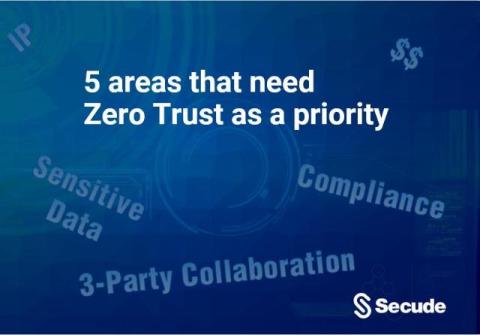Zero Trust in 2025: 5 Sensitive Areas to Prioritize
From external collaboration and compliance to key financial info and intellectual property, here are five areas that need Zero Trust as a priority. In mid 2024, Gartner research found that 63% of global organizations had fully or partially-implemented a Zero Trust strategy, but these strategies only covered a small portion of the organization’s environment and that many enterprises were still “not sure what the top practices are for Zero Trust implementations.”






